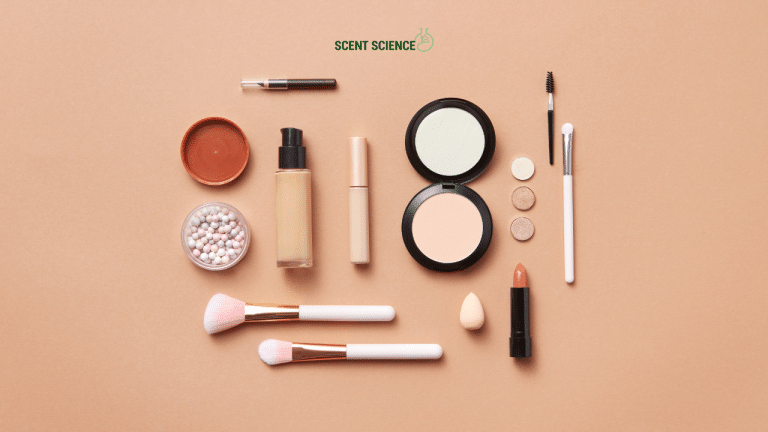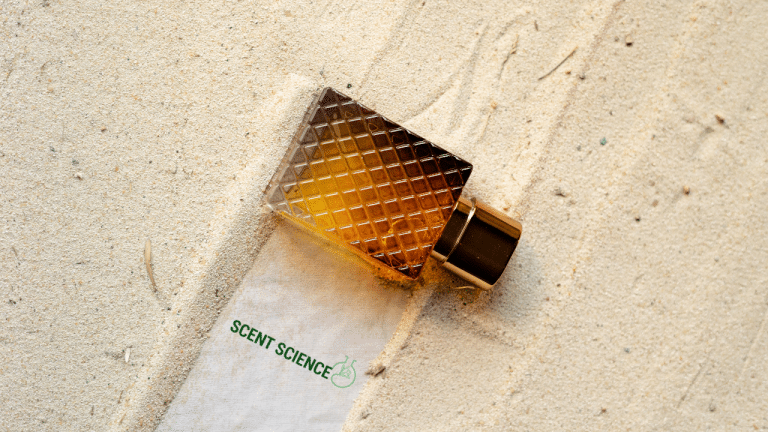In a world where digital information dominates our senses, it’s easy to overlook the power of the one sense deeply grounded in both science and emotion: smell. Known scientifically as olfactory perception, this incredible capability can transport us to distant memories, influence our emotions, and even impact decision-making without us realizing it. If you’ve ever wanted to refine your sense of smell to appreciate fragrances better or enhance your everyday interactions with the myriad scents in your environment, this guide is for you. Drawing on the latest scientific research, we’ll explore how structured “olfactory training techniques” can elevate your sense perception.
Table of Contents
ToggleUnderstanding Your Olfactory Abilities
Before diving into the training techniques, let’s explore how our sense of smell works. The olfactory system, nestled in the upper part of our nasal passages, captures airborne molecules—volatile substances—translating chemical messages into what we perceive as scents. While human olfaction may seem less developed compared to some animals, our capacity to distinguish between over one trillion different scents suggests that our smelling abilities are more robust than previously thought.
Insights from Research 🧠
Recent studies have identified that olfactory neurons, the cells responsible for smell detection, are constantly regenerating, which opens up the potential for training and enhancement (Brashers-Krug, 2019). Training these neurons can lead to improved sensitivity and acuity in scent detection.
The Science of Olfactory Training
Olfactory training, also referred to as smell training, is akin to physical training for the nose. It builds on repeated exposure to a set of odorants, over time, improving an individual’s capacity to detect and discriminate between different smells. Let’s break down the method.
Step-by-Step Guide to Olfactory Training

1. Selecting the Odorants
Begin with a selection of four distinct but straightforward scent categories: floral, fruity, spicy, and resinous. Common choices include rose (floral), lemon (fruity), clove (spicy), and eucalyptus (resinous). These scents should be natural, non-toxic, and consistent in concentration.
2. Consistency is Key
Engage with your chosen scents twice daily for about 5-10 minutes at a time. Consistency ensures the olfactory neurons are regularly stimulated, hastening adaptation 🕒.
3. Mindful Engagement
With each session, focus your full attention on each scent. Take deep inhales and note their characteristics, imagining their subtler layers and complexity. This practice enhances neural connections required for scent differentiation.
4. Journaling Sensory Experiences 📖
Document your experiences after each session. Note down any changes in fragrance intensity perception or nuances. Over time, such reflections can highlight progress and perhaps reveal unexpected insights into your olfactory capacities.
Neuroscientific Backing
Recent research from a 2020 study published in “Nature Neuroscience” suggests that continuous exposure coupled with attentive smell detection can significantly improve olfactory functions—providing scientific validation to this training approach.
Fragrance Appreciation Methods

Becoming a fragrance connoisseur is an art that involves more than recognizing individual scents; it’s about appreciating the entire sensory narrative a fragrance offers. Here’s how:
Blending and Layering Scents
Creating new combinations by layering different fragrances can sharpen scent differentiation skills. Experiment by combining complementary scents to create a personalized signature scent. Start with a base note (like sandalwood), add a middle note (such as jasmine), and finish with a top note (like bergamot) for a comprehensive scent exploration.
Attend Fragrance Workshops
Engage with experts through workshops on perfumery or fragrance crafting. Such experiences provide exposure to a wide range of scent profiles, enhancing your understanding and appreciation.
Real-World Case Study: The Perfumer’s Journey
A notable example is the journey of perfumer Jo Malone, who, despite her non-traditional background, honed her olfactory skills to become an industry leader. Her story underscores the power of commitment and practice in olfactory training, leading to remarkable business success.
Improve Sense of Smell: Real-World Applications
Refined olfactory senses are desirable not just for perfumers but across various professions and personal experiences:

- Wine and Food Industry: Sommeliers and chefs rely heavily on their olfactory skills to curate and create exquisite culinary experiences.
- Healthcare: Enhanced smell perception can aid medical professionals in detecting certain diseases that have distinct olfactory markers.
- Enhancing Daily Life: From identifying potential dangers like gas leaks to enjoying nature’s bouquet, a sharpened sense of smell enriches daily living.
Do This, Not That – Common Mistakes to Avoid
- Overexposure: Prolonged exposure to strong odorous substances can lead to olfactory fatigue; stick to short, focused training sessions.
- Ignoring Environmental Factors: External factors, like ambient temperature and humidity, can alter scent perception. Ensure a consistent setting for training.
- Skipping Consistency: Sporadic training may not yield noticeable improvements – regularity is crucial.
Expert Tips and Best Practices 🏆
- Incremental Complexity: Start with simple scents and gradually increase complexity as your skills improve.
- Diet and Lifestyle Impact: A varied diet rich in omega-3 fatty acids and antioxidants supports brain health, which is crucial for optimal olfactory function.
- Stay Hydrated: Proper hydration maintains mucous layer balance in nasal passages, optimizing scent molecule capture.
Conclusion: Charting Your Olfactory Journey
Whether you aim to improve sense of smell professionally or personally, olfactory training offers a structured method backed by scientific evidence to achieve these goals. Remember, as in any skill development, patience and persistence are essential. By dedicating time and effort consistently, you open up a world enriched by varied and multifaceted olfactory experiences. Bookmark this guide as a resource on your journey to nasal nirvana—and happy scent travels! 🌼 👃
Further Reading and Resources
- “The World According to Scent” by Dr. Alexandra Horowitz
- “Smellosophy: What the Nose Tells the Mind” by A. T. Perry
- Online platforms for olfactory training courses, such as Osmotheque and Perfumer’s World
By following this structured approach based on the latest scientific insights, you’re investing in a substantial transformation in your ability to perceive and appreciate the richness of scents the world has to offer.
Frequently Asked Questions
What are the benefits of using a hair mask in my hair care routine?
Using a hair mask can provide several benefits, including hydration, smoothing, strengthening, curl definition, heat protection, and damage repair. Hair masks infuse the hair with moisture, help coat the hair shaft to seal split ends, reduce breakage, and protect the hair from heat styling and environmental damage[1][4].
What ingredients should I look for in a hair mask?
Effective hair masks often include ingredients such as coconut oil, argan oil, shea butter, honey, avocado oil, green tea, and coconut water. These ingredients provide nourishment, moisturize, and protect the hair, offering benefits like softening, moisturizing, and protecting against damage[2][5].
How often should I use a hair mask in my routine?
You should use a hair mask whenever your hair feels dry, unmanageable, or in need of intense hydration. This can vary depending on your hair type and needs, but generally, using a hair mask once or twice a week can help maintain healthy and moisturized hair[1][4].
How do I apply a hair mask for the best results?
To apply a hair mask effectively, shampoo your hair first, then apply the mask, focusing especially on the ends where hair tends to be the most damaged. Leave the mask on for anywhere from 10 minutes to overnight, depending on the type of mask and your hair’s needs[1][4].
References







